Alongside the continued development and growth of artificial intelligence have been the regulations for it. Here, Anekanta ask whether you’re prepared for legal definition of AI systems
Any organisation who develops, provides and uses/deploys AI systems which meet the EU AI Act definition criteria, and whose decisions are utilised within the EU will be subject to the Act.
Many organisations may not be certain whether their systems are AI or not due to the range of contrasting views from vendors and buyers as to what constitutes AI.
It is important that they start their journey towards categorising these systems as soon as possible. Although the date of enforcement may seem a long way off, there is still a pertinent risk.
For example, it’s possible you could face two years for high-risk systems. Meanwhile, road map plans may require review and modification and AI system procurement plans could need to be altered.
Also, your value chain would need to be risk assessed, while AI literacy and education programmes would need to be created and embedded.
It doesn’t stop there either, as best practice guides would need to be implemented, an employee consultation processes would have to be undertaken, while other things such as reporting and escalation procedures would need to be further developed.
This is where Anekanta feel they can help as they hold decades of combined experience in AI systems applications and expertise in identifying the principal features and behaviours of software which has AI techniques embedded but often invisible to the buyer and user.
In addition, they know how to independently address the needs of commercial organisations due to the understanding they have of how commercial organisations actually work.
Anekanta have created unique systems designed to evaluate the AI systems in use and automatically classify them to the definition and requirements in the EU AI Act. To find out more, you can email them here.
To read more news from Security on Screen, click here.






